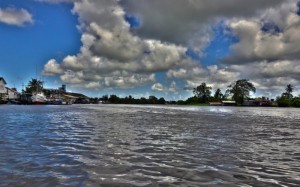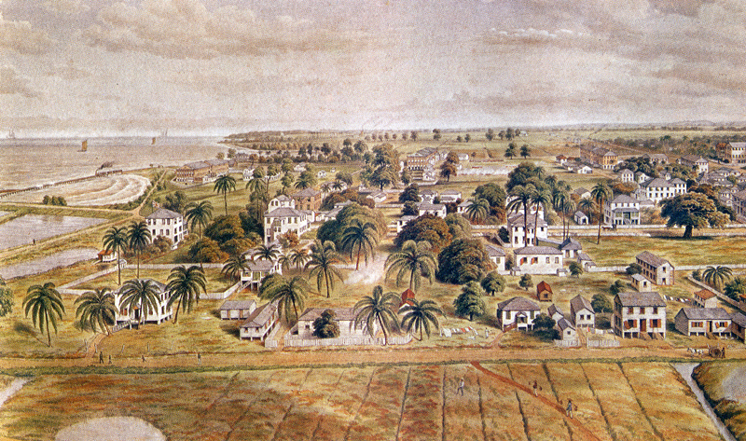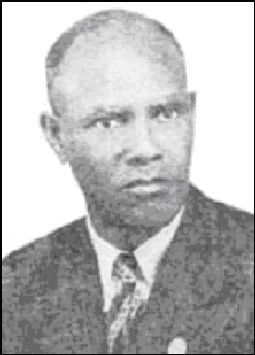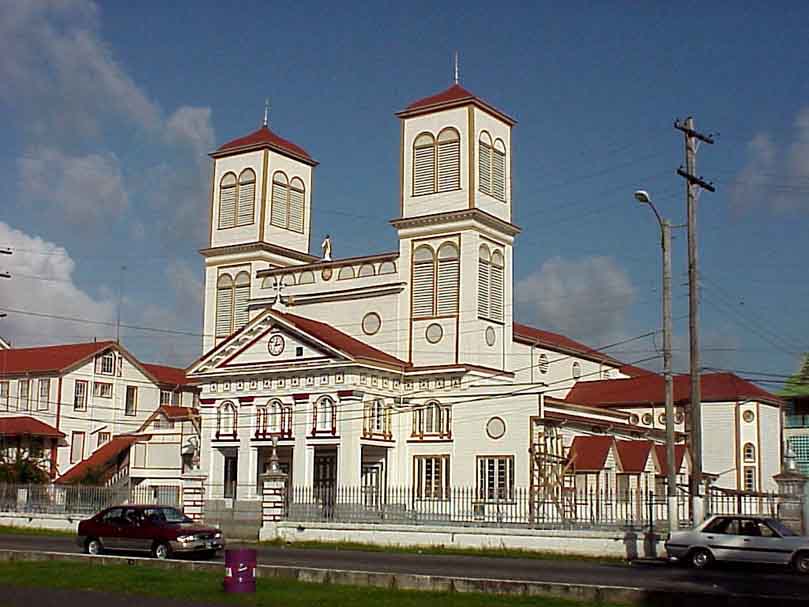By The Hon. Vincent Roth
Part 1

This is the story of my first trip to the bush thirty-seven years ago. It was to the Pomeroon River and I travelled in the government sloop “Baridi” which was used by Mr Michael McTurk, C.M.G., who was commissioner for the Pomeroon and Essequibo rivers. There were no other district commissioners at the time and Mr McTurk was given the post because no one else had so much knowledge about the interior of British Guiana as he, and this knowledge was very useful to the government who gave him the “Baridi” in which he sailed all about the deep waters of the country on government business.
The “Baridi” was a small vessel, not much bigger than the Pomeroon sloops you see today moored at the Market Stelling, but she was a much faster sailor than any other boat of her size, and faster than many much larger. You see she had been designed and built by Mr McTurk himself who had been a deep sea sailor in his youth and knew all about the sea.
In those days there was no road to Pomeroon, nor did any steamers go there, so the only means of getting to that river from Georgetown was by sea in a sloop, or by a long and uncomfortable journey to Suddie by steamer, thence by buggy to Anna Regina, and thence in a tiny boat along the Anna Regina trench, across the Tapacooma Lake and through a network of creeks until, at length, the upper Pomeroon was reached.

Well, it was a dull rainy morning on March 5th, 1907, when Mr McTurk called for my father and me at the Tower Hotel which used to be where the General Post Office is now, and took us in a cab to America Stelling. Anchored some distance from the wharf was the “Baridi”, a trim little craft, painted grey, with a tall mast from which fluttered the Blue Ensign, showing that she was a government craft.
Going on board in the police boat, we found the crew to consist of four Warrau Indians who looked very funny in their blue sailor jumpers and little round caps. Pulling up the anchor and hoisting the great sail, we soon were gliding out to sea and, with our bows pointed to the north-west, settled down to a steady sail through the muddy waters of the coastal sea.
As the wind was fairly steady the little boat did not pitch or roll too much, but the deck remained on a slope and the spray from the bows now and then blew over us. The flat coastline was not very interesting – just a long, thin line of dark courida bush, broken here and there by the smoking chimney of a sugar estate of which there were still quite a few along the coast at that period.
By ten o’clock we were off Dauntless Island which actually was an island then and not, as now, the northern portion of the great island of Leguan which, with Wakenaam and Hog Island, guards the eighteen-mile-wide estuary of the Essequibo River.
Many years ago a sloop named “Dauntless” ran on a mudflat at low tide off Leguan Island, and, as she could not be floated free again, she was abandoned. Gradually the mud silted up around her hull, each high tide depositing more. Then some seeds drifted along and soon trees began to grow, and, lo, an island was formed. This grew rapidly as more mud was deposited by the tides until, a few years ago, it joined on to the neighbouring island of Leguan, though for years subsequently it still was called Dauntless “Island.” You can see it from the Sea Wall of an afternoon if you look carefully to the north-west. (TO BE CONTINUED)
Taken from the A.M.D.G. St. Stanislaus Magazine Association Section, Vol. 2; June 1944; No.1



